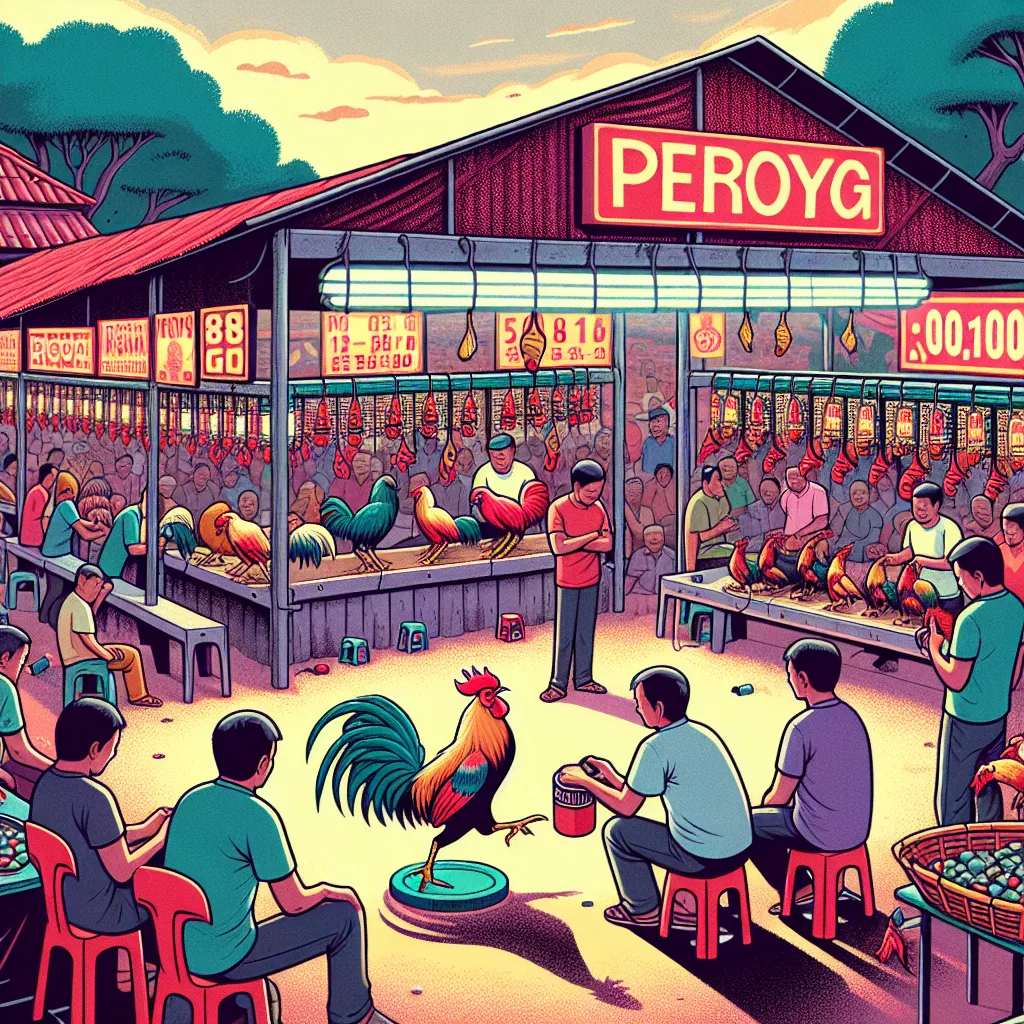Perya Sabong is a distinct form of traditional Filipino gambling that combines the excitement of a local fair, or “perya,” with the age-old practice of cockfighting, known locally as “sabong.” This activity remains entrenched in Filipino culture, popular in many provinces and city fiestas where community members gather to enjoy games, food, and friendly competition. Understanding perya sabong not only requires knowledge of its gameplay mechanics but also insight into its cultural context. This article aims to provide a comprehensive explanation of perya sabong, offering an English-language perspective that makes the practice accessible to a broader international audience.
The term “perya” translates to “carnival” or “fair” in English and usually refers to festive events that feature various games, rides, and food stalls. “Sabong,” on the other hand, is the traditional Filipino term for cockfighting, an activity with deep cultural and historical roots in the Philippines. Perya sabong, therefore, can be described as carnival-style cockfighting events often held within or alongside community festivals. Unlike formal cockfighting matches typically staged in arenas or cockpit venues, perya sabong takes place in fairgrounds or local carnival settings, contributing to a lively and informal atmosphere.
Cockfighting itself involves two gamecocks pitted against each other, where spectators place bets on which rooster will win. The birds are specially bred and trained for this sport, and the matches can be as short as a few seconds or extend for several minutes depending on the rules and circumstances. Betting is a central component of sabong, with wagers ranging from small amounts between neighbors during perya events to significant sums in larger, organized fights. Perya sabong harnesses this excitement, infusing it with the festival spirit of the perya, making it not only a game of chance and skill but also a communal social activity.
One reason perya sabong holds cultural importance is that it is often linked with Filipino traditions of camaraderie, celebration, and livelihood. The gatherings serve as social touchpoints where people catch up, place friendly bets, and enjoy the festive environment. For many, the winnings from sabong betting also supplement household income, which adds an economic dimension to its cultural role. Moreover, perya sabong is frequently accompanied by other popular fair attractions such as food stalls, rides, and perya games, enhancing the multi-sensory experience of the event.
The English translation of “perya sabong” simply encapsulates the combined concept of “carnival cockfighting,” but describing this phenomenon goes beyond literal meanings. It involves understanding how Filipino communities integrate gambling with celebration, family, and tradition. In many rural areas, the perya sabong is a highlight of festivities that bring together diverse age groups, reflecting a shared cultural heritage that transcends mere entertainment.
Furthermore, the gambling aspect in perya sabong can be analyzed through the lens of social interaction and competition. Players or bettors not only take part in predicting outcomes but also engage in social negotiation, alliances, and sometimes intense rivalries. The atmosphere at a perya sabong event is infused with a blend of anticipation, excitement, and cultural pride, making it a rich topic for both sociocultural and gaming studies.
From a regulatory perspective, perya sabong can be subject to local gaming laws in the Philippines, where cockfighting is legal and regulated under specific conditions. However, the informal nature of perya sabong events, typically tied to festivals rather than professional cockfighting arenas, sometimes places them in a gray area regarding permits and oversight. This duality underscores the balance between cultural tradition and legal frameworks governing gambling activities in the country.
In recent years, discussions around ethical treatment of animals have also involved perya sabong. While it remains a valued tradition, critics highlight concerns about animal welfare, advocating for reforms or alternatives. These debates continue to influence how perya sabong is perceived and practiced both inside and outside the Philippines.
To summarize, perya sabong is much more than a simple gambling game; it is a vibrant cultural institution deeply woven into Filipino festive life. The English concept of “carnival cockfighting” helps convey the basic meaning but falls short of capturing the full essence of perya sabong’s social, economic, and cultural significance. For those interested in Filipino traditions, gaming culture, or anthropological studies, understanding perya sabong offers valuable insights into how games and gambling practices interact with identity and community in the Philippines.
Whether viewed as a form of entertainment, a livelihood source, or a cultural celebration, perya sabong exemplifies the dynamic fusion of tradition, community, and chance that defines much of Filipino social life. Exploring this topic in English not only broadens its reach but also fosters cross-cultural appreciation for an enduring Filipino pastime.




